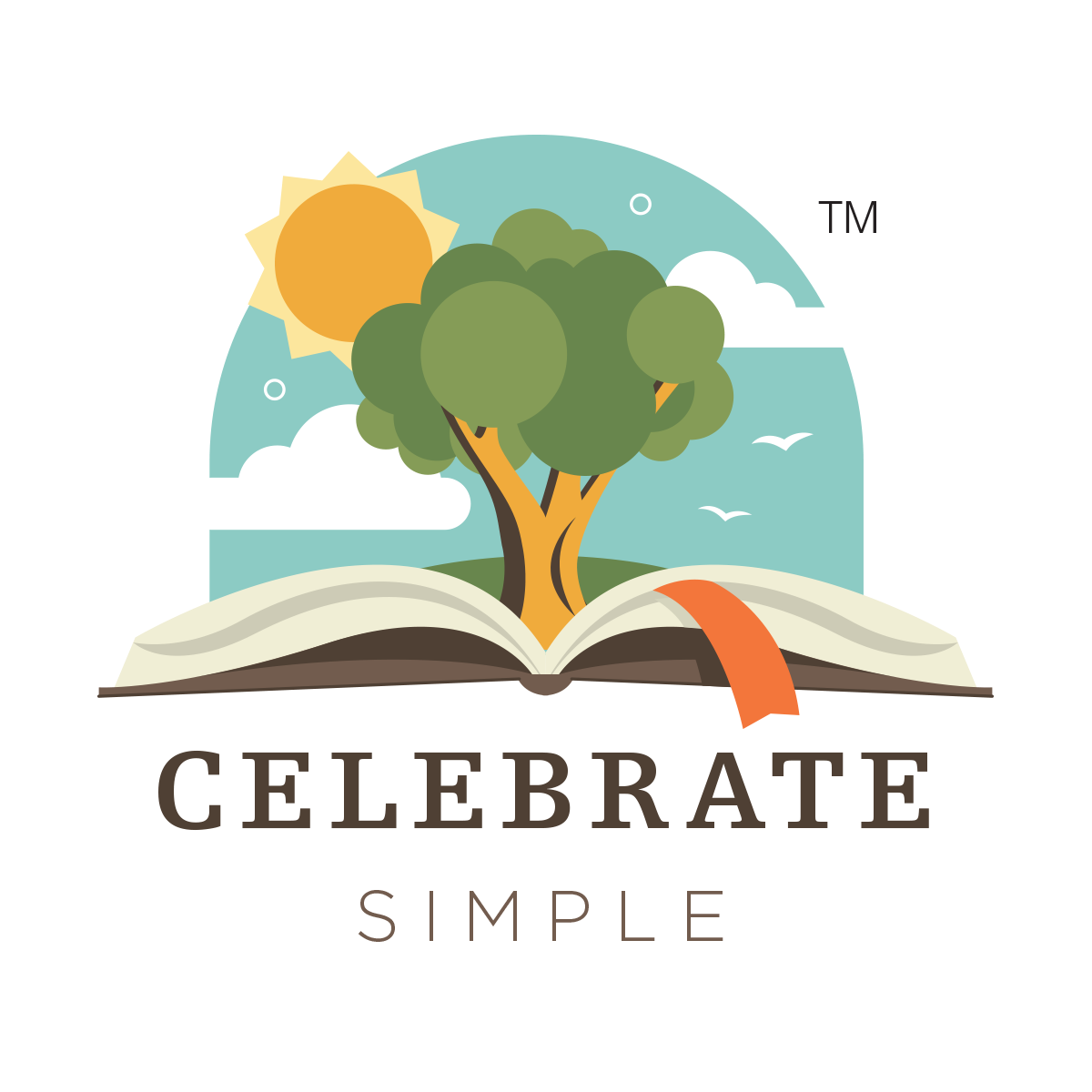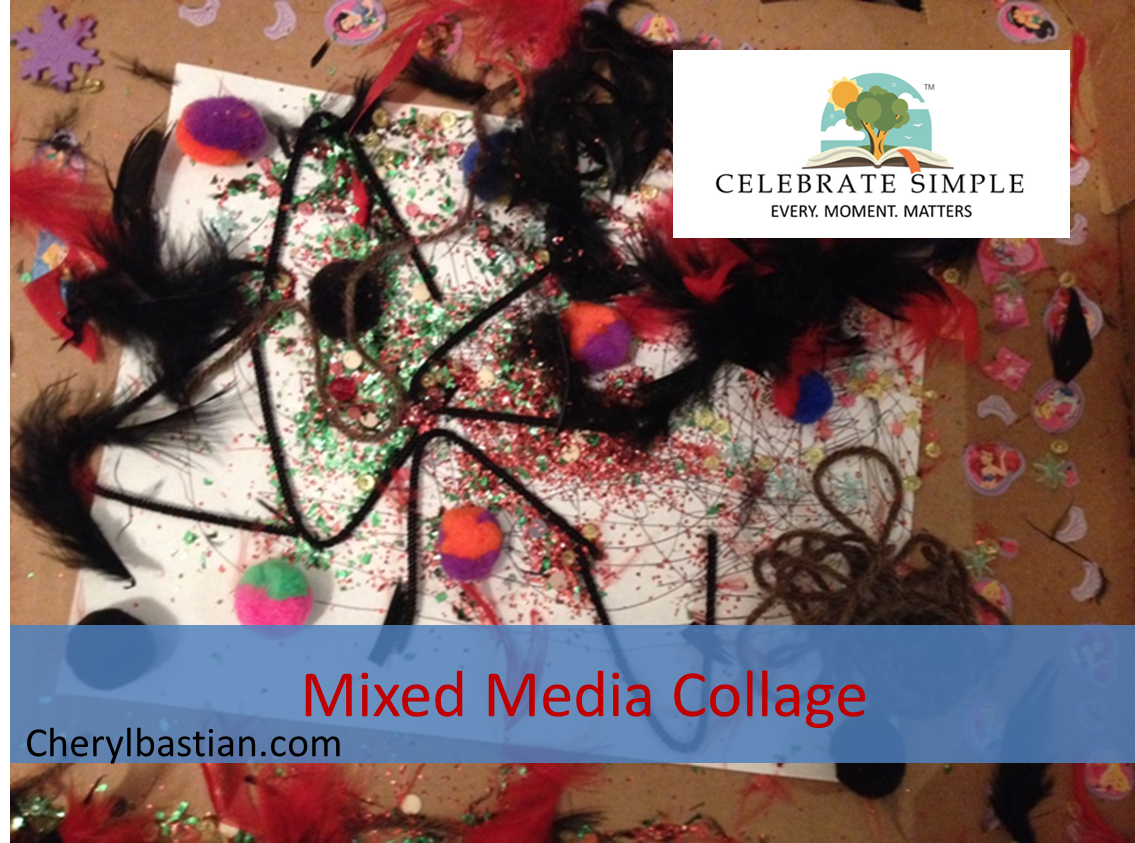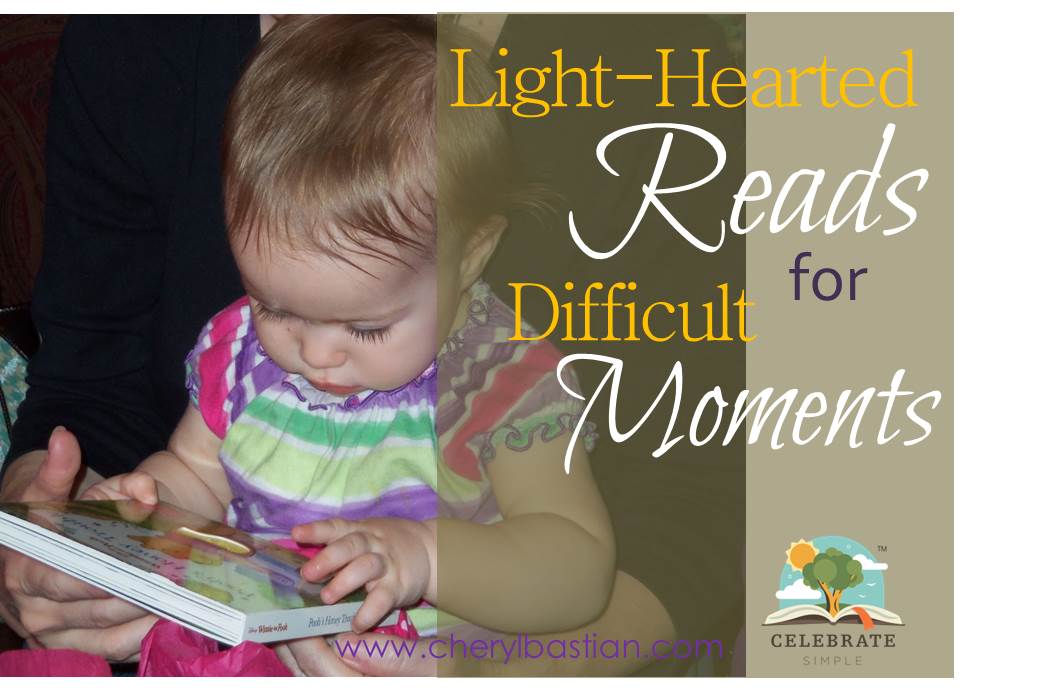How to Use What You Have - Geography
/We’ve adopted a phrase.
Use what we have to boost what we know.
Could mean one of two things.
Use the resources and items we have to learn something new.
Or
Use the resources and items we have to deepen or reinforce knowledge we learned previously.
Today, my mind is on geography and map skills.
In the era of digitalization and GPS, are geography skills still valuable?
Every family must decide, but our learning experiences have proven to us that this skills are important. Though amazing navigational tools and digital helps make finding our way easy, foundational concepts remain necessary if a person is to have context for conversation and learning. For example, if a child is engaged in a discussion about France, knowing where France is located it essential to understanding the context and content being shared. Likewise, if a child is reading a book set in the Alps, knowing the geographical relevance provides important insight to the characters, setting, and plot.
Geography does matter.
How can we add to our learner’s knowledge, to what they know as well as to what they might want to discover?
If you have a world map, atlas, or globe (ours would require a good dusting!), a child or teen could
Learn the states and their capitals and label on a printable map.
Older learners can learn to spell the states and capitals.
Find and identify the seven continents - North America, South America, Europe, Asia, Africa, Australia, and Antarctica.
Locate the major ocean basins - Atlantic, Pacific, Indian, Arctic, and Southern.
Print a blank map of one of the continents. Locate and label the capitals and five major cities for each country. Draw in any significant land features—mountains, lakes, rivers, and deserts.
Choose a country. Draw the country flag. Find out what major resources are available in the country. Research major landmarks. Discover the culture and customs. Consider creating a diorama, poster, or Powerpoint of what was learned.
Research online to find a printable crossword puzzle or word search about a continent of choice. Use your atlas or map to help solve the puzzle.
Take a trip around the world, together. Divide the family into two teams. Each team will need a map and a scavenger hunt (hit the print button). Based on the ages of your children, choose either a specific amount of allotted time to complete the hunt or simply determine the winner to be the first team to find all the items.
Have maps, globes, geography-related resources? Consider how your family might travel the world while learning or reviewing together.









































































